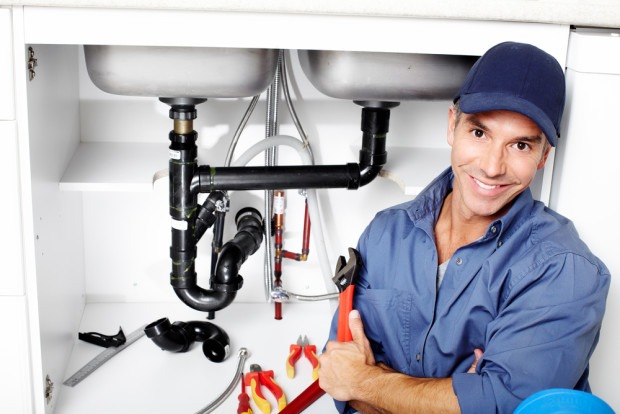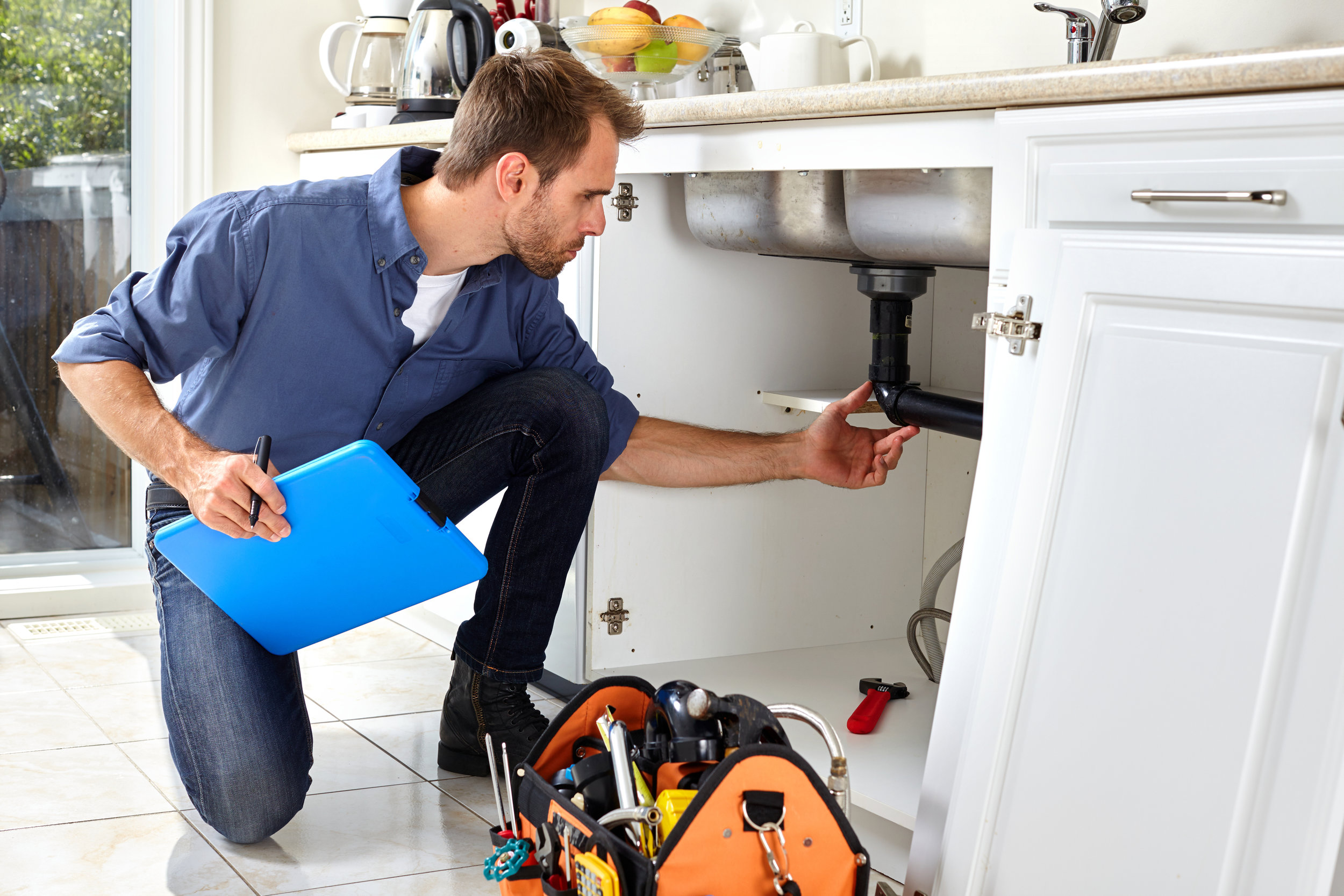Common Plumbing Issues Every Homeowner Ought To Know
Home owners frequently experience a series of plumbing concerns that can interfere with day-to-day life. Common issues include dripping faucets, stopped up drains, and running commodes. These issues normally stem from damaged parts or debris accumulation. In addition, low tide pressure and ruptured pipes can indicate deeper issues. Comprehending these challenges is important for reliable upkeep. Nevertheless, there are various other much less noticeable worries that can arise, which call for closer examination.
Dripping Taps
Leaky faucets can be an irritating problem for property owners. These consistent trickles not only develop an aggravating noise however also lead to drainage and enhanced utility costs. A dripping faucet commonly results from worn-out washing machines, O-rings, or seals, which wear away gradually due to routine use and exposure to water. Sometimes, the faucet's interior elements may be corroded or harmed, demanding a much more considerable repair or substitute. Recognizing the source of the leakage is vital; house owners may require to take apart the faucet to examine its components closely. Routine upkeep can assist stop leaks, consisting of cleaning aerators and looking for indicators of wear. Resolving a leaky faucet immediately can conserve water and reduce prices, making it a workable yet vital task for home owners to tackle in maintaining their plumbing systems successfully. Correct interest to this usual problem can cause a more comfy living atmosphere.
Clogged Drains
Numerous home owners experience the frustration of stopped up drains at some time. This common plumbing problem can occur from different reasons, including the buildup of hair, soap deposit, food fragments, and oil. These products can produce obstructions that hinder the circulation of water, leading to reduce drainage or total stoppage.In kitchens, grease and food scraps are typically the offenders, while washrooms frequently suffer from hair and soap buildup. Regular maintenance, such as using drainpipe filters and avoiding putting fats down the sink, can aid prevent clogs.When a clog does take place, homeowners might try to use a plunger or a business drainpipe cleaner as initial treatments. Persistent problems may need expert aid to prevent damage to pipes. Understanding the reasons and prevention techniques for blocked drains pipes can conserve homeowners money and time, making certain a smoother pipes experience

Running Commodes
Running bathrooms are a common problem that can come from various reasons, consisting of malfunctioning flappers and chain problems. The continual running not just wastes water yet also causes raised energy costs. Resolving these problems immediately can bring back and prevent additional issues effectiveness to the pipes system.
Root Causes Of Running Bathrooms
A persistent flow of water from a bathroom can be both inefficient and annoying, usually signifying underlying problems within the plumbing system. One typical cause is a used flapper valve, which may not create a correct seal, permitting water to continually leak right into the dish. Furthermore, a malfunctioning fill valve can result in too much water circulation, contributing to the trouble. Misaligned float systems might additionally create the toilet to run as they fall short to control the water degree suitably. One more prospective issue is mineral build-up, which can block elements and impede their capability. Identifying these causes without delay can help property owners deal with the issue prior to it rises, making sure reliable operation of their plumbing system.
Repercussions of Constant Running
Although frequently overlooked, the consequences of a continuously running commode can significantly affect both water usage and home expenses. A running commode can throw away approximately 200 gallons of water daily, leading to enhanced water expenses and unnecessary source consumption. This too much water use not only strains the household budget yet also adds to ecological problems, particularly in areas dealing with water shortages. Furthermore, the consistent sound of running water can be a source of aggravation, interrupting the tranquility of the home - Plumbing. Moreover, long term issues may result in more significant plumbing issues if left unaddressed, causing more monetary concerns. Home owners should recognize the significance of prompt repairs to reduce these unfavorable effects and maintain an effective plumbing system
Fixing Running Bathroom Issues
Toilets that continuously run can be a discouraging problem for property owners, but determining the cause is the initial step towards an efficient fix. Usual reasons consist of a defective flapper, which may not create a proper seal, enabling water to run away right into the bowl. If needed, homeowners must check the flapper for wear and change it. Furthermore, the fill shutoff could be malfunctioning, causing excess water to flow constantly. Replacing this component or readjusting may deal with the problem. One more prospective offender is a misaligned float, which can be adjusted to the correct elevation. Normal upkeep and prompt repair work can protect against running toilets, making certain both water preservation and expense savings on energy bills.
Low Tide Stress
Low water stress can be a discouraging experience for property owners, frequently materializing as a weak stream from showerheads and taps. This problem can originate from different reasons, consisting of sediment buildup in pipes, corroded plumbing, or issues with the find here local water system. Property owners may originally see low tide pressure in particular locations of the home, yet it can escalate to an extra prevalent trouble if not attended to promptly.In some situations, malfunctioning stress regulators can likewise be in charge of insufficient water circulation. Normal upkeep, such as purging the hot water heater and looking for blockages, can aid mitigate these problems. It may be essential to speak with a professional plumbing technician to diagnose and deal with the underlying this hyperlink cause if low water pressure continues. Determining the source of low water stress is vital for restoring appropriate water circulation and making certain a useful plumbing system.
Burst Piping
Ruptured pipelines can be a severe plumbing concern, often resulting from the same variables that contribute to reduced water pressure, such as temperature variations and aging infrastructure. When water freezes within pipes, it broadens, raising pressure until the pipe can no much longer have it, resulting in a tear. Additionally, deterioration from long term direct exposure to water can compromise pipes, making them vulnerable to breaking under regular pressure.Homeowners might see indicators of a ruptured pipe via sudden water leakages, damp spots on walls or ceilings, and an unexpected boost in their water expense. Immediate action is vital; falling short to address a burst pipe can lead to considerable water damage, mold and mildew development, and costly fixings. Regular examinations and upkeep of pipes systems can help avoid this problem. Insulating pipelines in cooler areas and changing old piping can substantially reduce the danger of burst pipelines, guarding the home's pipes integrity.
Hot Water Heater Issues
How can house owners determine hot water heater problems prior to they rise? Normal evaluation and upkeep can aid detect potential problems early. Homeowners must try to find indicators such as irregular water temperature, uncommon noises, or a reduction in hot water supply. Leaks or pools around the unit may indicate a breakdown that needs prompt focus. The appearance of corrosion or debris accumulation can also signify the requirement for maintenance.Additionally, homeowners need to keep an eye on the age of their water heater; most systems have a lifespan of 8 to 12 years. If the heating system is approaching this age and showing indicators of wear, it may be time to review replacement. Routine flushing of the container can avoid sediment build-up, extending the device's life. By continuing to be attentive and dealing with problems without delay, homeowners can stay clear of pricey repair work and assure their hot water heater operates efficiently for many years ahead.
Drain Line Troubles
Several property owners may come across drain line problems at some time, affecting their plumbing system's overall capability. Usual concerns include blockages, tree root breaches, and pipe damage. Obstructions typically result from the buildup of oil, hair, and foreign objects that block the circulation of wastewater. Tree origins can infiltrate drain lines, triggering leakages and fractures. Furthermore, maturing pipes might wear away or break, bring about more complications (Drain Services). Indications of sewer line difficulty include slow-moving drains, undesirable odors, and sewer back-ups, which can pose wellness risks. This Site House owners must resolve these issues promptly to stay clear of substantial damage and pricey repair work. Routine upkeep, such as arranged assessments and cleansing, can help avoid substantial issues. In serious situations, expert intervention may be needed to fix or replace damaged areas of the sewage system line. Knowing these prospective troubles can assist property owners take aggressive steps to preserve their plumbing systems successfully
Regularly Asked Concerns
Just How Can I Prevent Plumbing Troubles in My Home?
To avoid pipes troubles, normal maintenance is essential. House owners ought to inspect pipelines for leakages, clean drains pipes, and display water pressure. In addition, informing themselves regarding correct use can considerably minimize the danger of future plumbing problems.
When Should I Call a Plumber As Opposed To Fixing It Myself?
Establishing when to call a plumbing technician frequently relies on the severity of the issue. Significant leakages, consistent obstructions, or unknown problems call for expert support, making certain security and protecting against additional damage rather than risking personal efforts at repair service.
What Are the Signs of Hidden Pipes Leaks?
Signs of surprise plumbing leakages consist of unusual water bills, wet places on wall surfaces or ceilings, mold growth, and a stuffy odor. These indications often suggest underlying issues that require expert assessment and fixing for resolution.
Just how Commonly Should I Have My Plumbing Evaluated?
Routine pipes assessments are advised each to two years. This regularity helps identify possible problems early, guaranteeing the system continues to be reliable and lowering the danger of expensive fixings or unanticipated emergencies in the future.
Exist Do It Yourself Solutions for Minor Pipes Issues?
